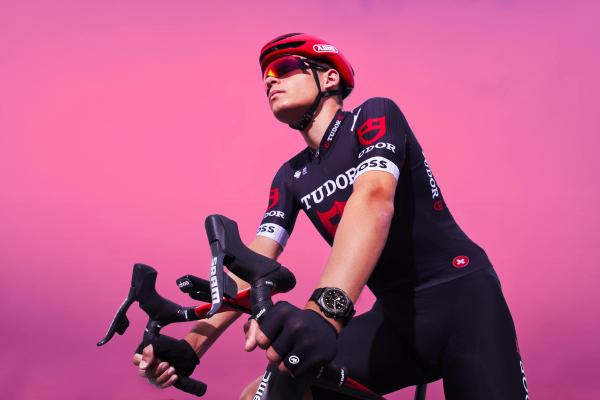Giant releases ‘lightest, most efficient’ 10th generation of TCR
Giant chooses evolution rather than revolution by making TCR lighter, stiffer and more aerodynamic
Tom Hallam-Gravells
Online Production Editor
© Giant
Giant has released the latest version of the TCR
Giant has officially unveiled the 10th generation of its TCR road bike, which is the “lightest, most efficient” version ever.
At first glance at the Taipei Cycle Show where the bike was on show, it was hard to tell too many differences from the previous model, but that’s because the brand has favoured evolution rather than revolution.
That makes sense as the bike has been a success since the late 20th century when it was first released and Giant has added to its overall performance by ticking off the three key metrics all brands strive for, making it lighter, stiffer and more aerodynamic.
In a development to its overall offering, the latest TCR range is accompanied by new handlebars as well as CADEX wheels released a little over a week ago.
There are three versions of the new bike available, starting with the top-tier Advanced SL, then the Advanced Pro, finishing with the Advanced.
More climbing performance
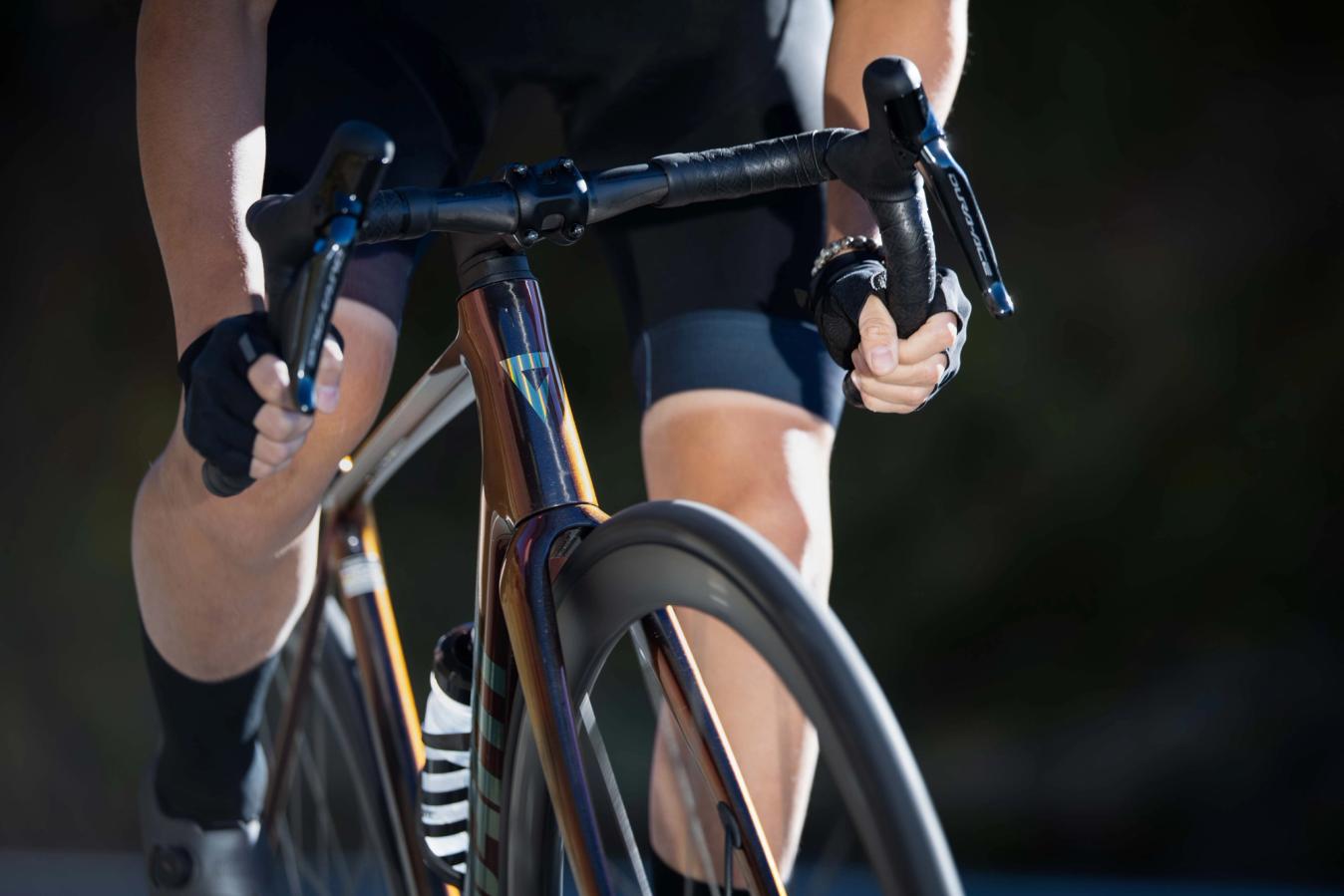
© Giant
Refined rather than revamped, the top-tier TCR Advanced SL is lighter than before
When it first debuted 28 years ago, the first edition of the TCR proved to be a real game-changer, although one that initially wasn’t to the UCI’s liking.
Its sloping top tube was a new approach to bicycle design and one that is now widely used through the industry. The bike has of course developed over the years and it was placed firmly in the climbing category in 2013 when Giant officially launched a dedicated aero bike, the Propel, to sit alongside it.
Those climbing characteristics have been worked on for the 10th edition, although the bike has also undergone some aero developments too, pushing it into more of the all-round category - more on this later.
Weight is of course the key figure people look for when assessing climbing performance and the new TCR boasts significant weight savings. For the top-tier TCR Advanced SL that’s a saving of 75g, with the overall weight dipping below 700g to 690g. The TCR Advanced Pro and TCR Advanced don’t lag too far behind that number at 800g. It’s not the lightest bike available but those are impressive figures.
As Giant points out, weight is only one part of the equation, with stiffness forming another key part. The key here is to have a high stiffness-to-weight ratio. While it isn’t a huge difference, Giant says that the new TCR has 0.53% greater transmission stiffness despite being lighter. All good signs that it should fly when the road points uphill.
New carbon layup techniques

© Giant
Giant has used new construction techniques to develop the frame
Shedding weight while maintaining stiffness is no meat feat and it’s completely reasonable to expect a lower weight to sacrifice stiffness.
So, how has Giant managed to make its new TCR both lighter and stiffer? According to the Taiwanese brand, it’s all down to its “news state-of-the-art production techniques”.
This starts with the Advanced SL-grade carbon that is used for 80% of the frame and the fork. It, according to Giant, “offers the highest GSM (grams per square meter), producing a lighter overall frame/fork weight without sacrificing stiffness”.
To mould this carbon into a frame, Giant has also adopted a new one-mould construction. This is a slight change from previous techniques resulting in a one-piece front triangle, which is in turn partly responsible for shedding some of the grams.
For the final production change, Giant has swapped laser cutting for cold-blade cutting. This is more precise and results in fewer pieces of carbon being used, all helping to maintain that lightweight and stiff combination.
Aerodynamics matter
It’s not too surprising that aerodynamics has been a focus for Giant on the new TCR - it’s virtually unavoidable for bike brands at this point. Adopting extra aero features gives climbing bikes a more all-round feel and in some cases that’s led some brands to abandon their aero bikes altogether, instead relying solely on their climbing turned all-round bikes.
That’s not a path Giant has taken yet, although there’s no denying that the TCR and Propel are getting closer to converging. For its part, the latest version of the Propel became significantly lighter, pushing it further towards the TCR, while the TCR is actively becoming more aerodynamic.
Some of this has been achieved by borrowing tech from the Propel range, including the OverDrive Aero steerer which features on the TCR Advanced SL and TCR Pro. Combined with the new Contact SLR or SL stem and handlebars, these allow for fully internal cable routing. Aesthetically, this is the most notable difference from the previous version of the bike. Something that isn’t as obvious but was a key factor when adopting the new system is its practicality, with Giant saying that the system offers “ease of adjustment and maintenance”.

© Giant
The TCR has borrowed the OverDrive Aero steerer from the Propel
There are other changes, of course, although these aren’t as visually obvious and Giant has avoided the oft-taken modern route of heavily focussing on the head tube, which are getting narrower across the industry.
Truncated ellipse tube shaping was introduced on the previous model of the TCR and Giant says that it has developed this further. It hasn’t added too many specifics here, only stating that the down tube, seatpost and fork areas are the biggest beneficiaries. It says that it achieved these results by testing the frame with a 22-ounce water bottle, “To ensure that it performs just as well in real-world conditions”.
All of this amounts to a “streamlined profile that gives the frameset a 2.28-watt aero advantage over the previous generation”.
Check out the new range on Giant’s website, linked here.
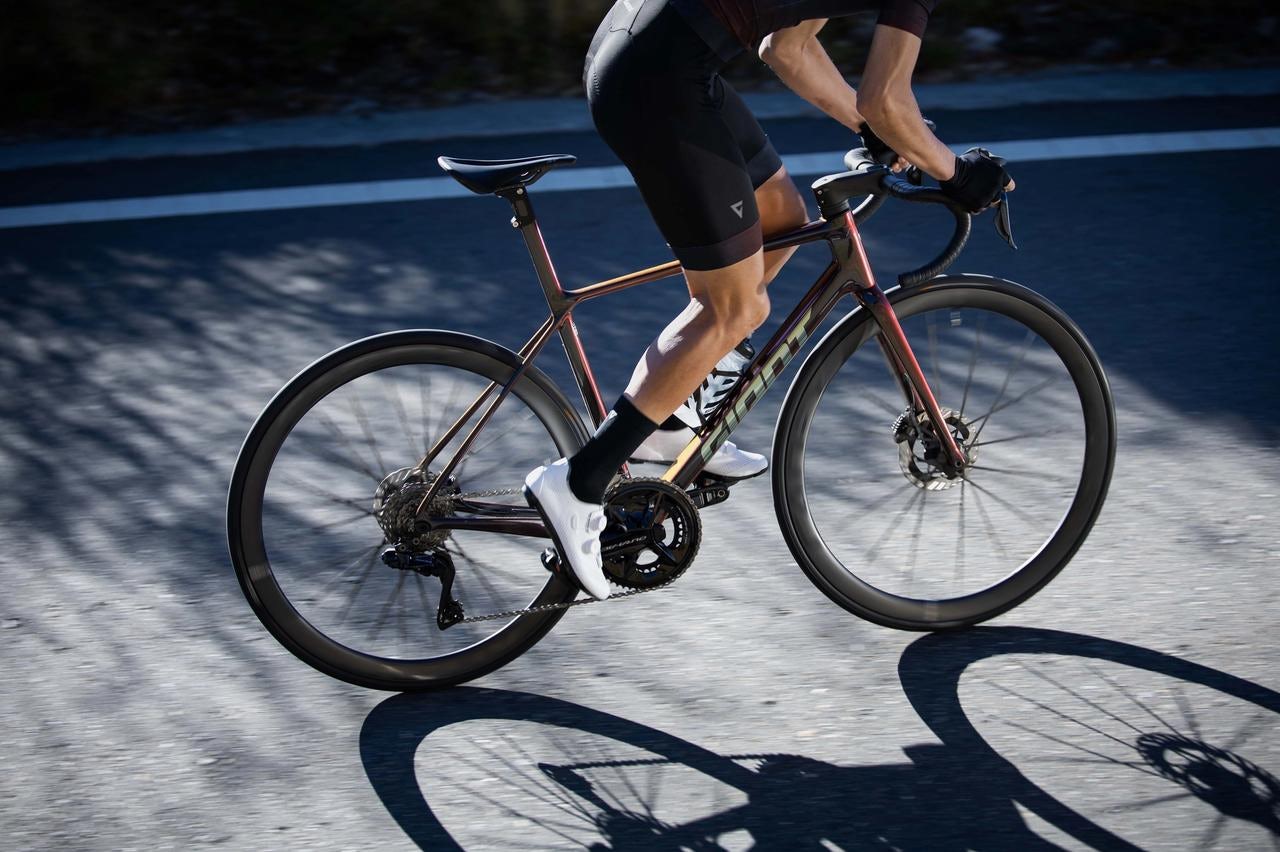
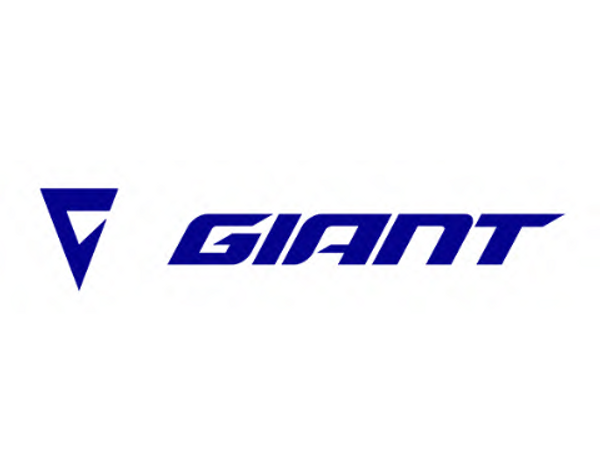






.jpg?w=600&auto=format)
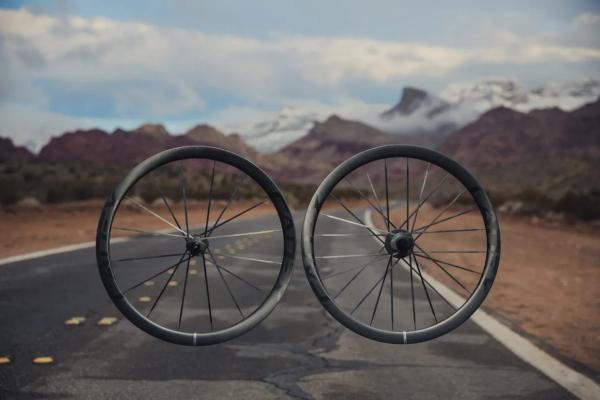
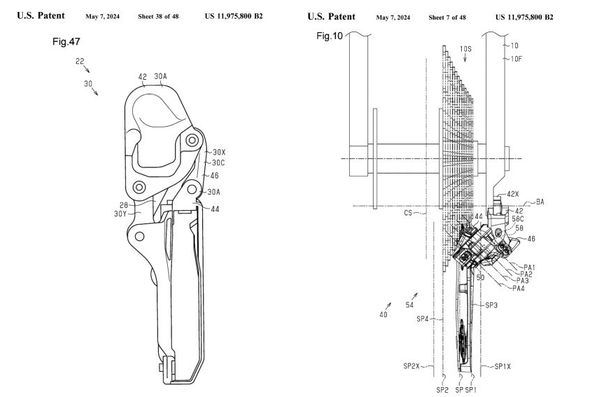
.jpg?w=600&auto=format)
